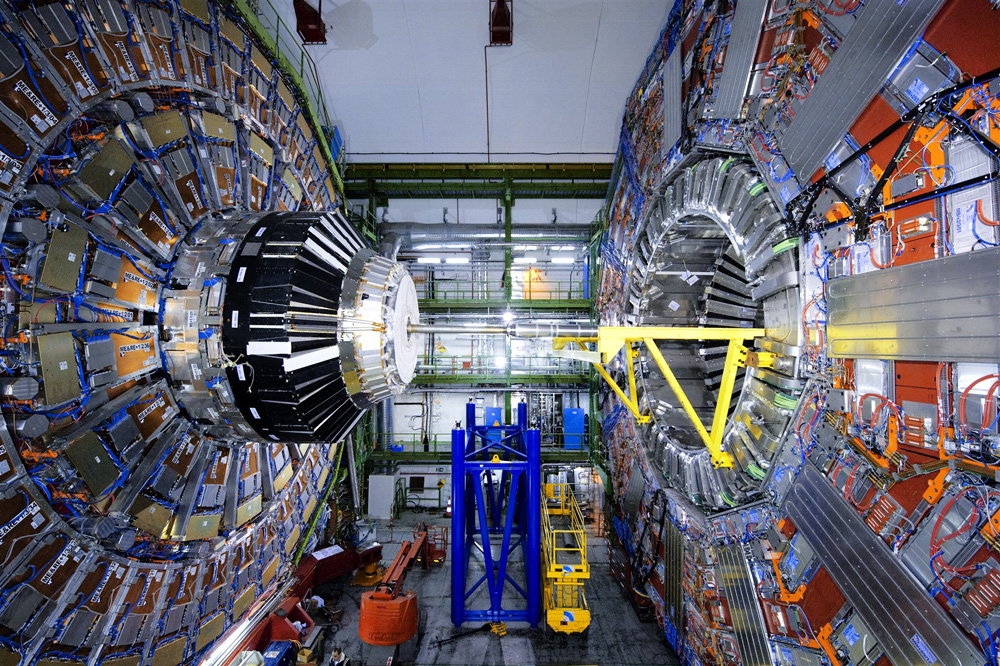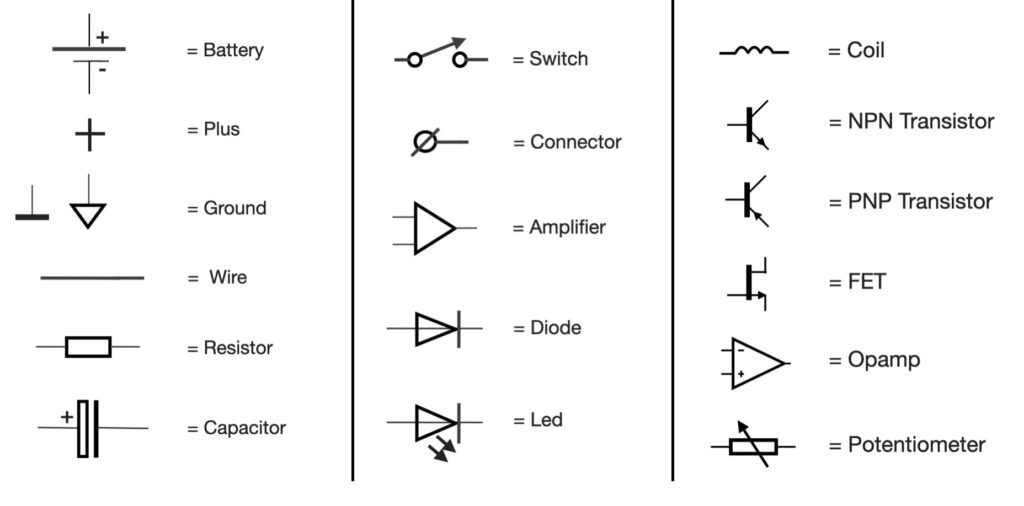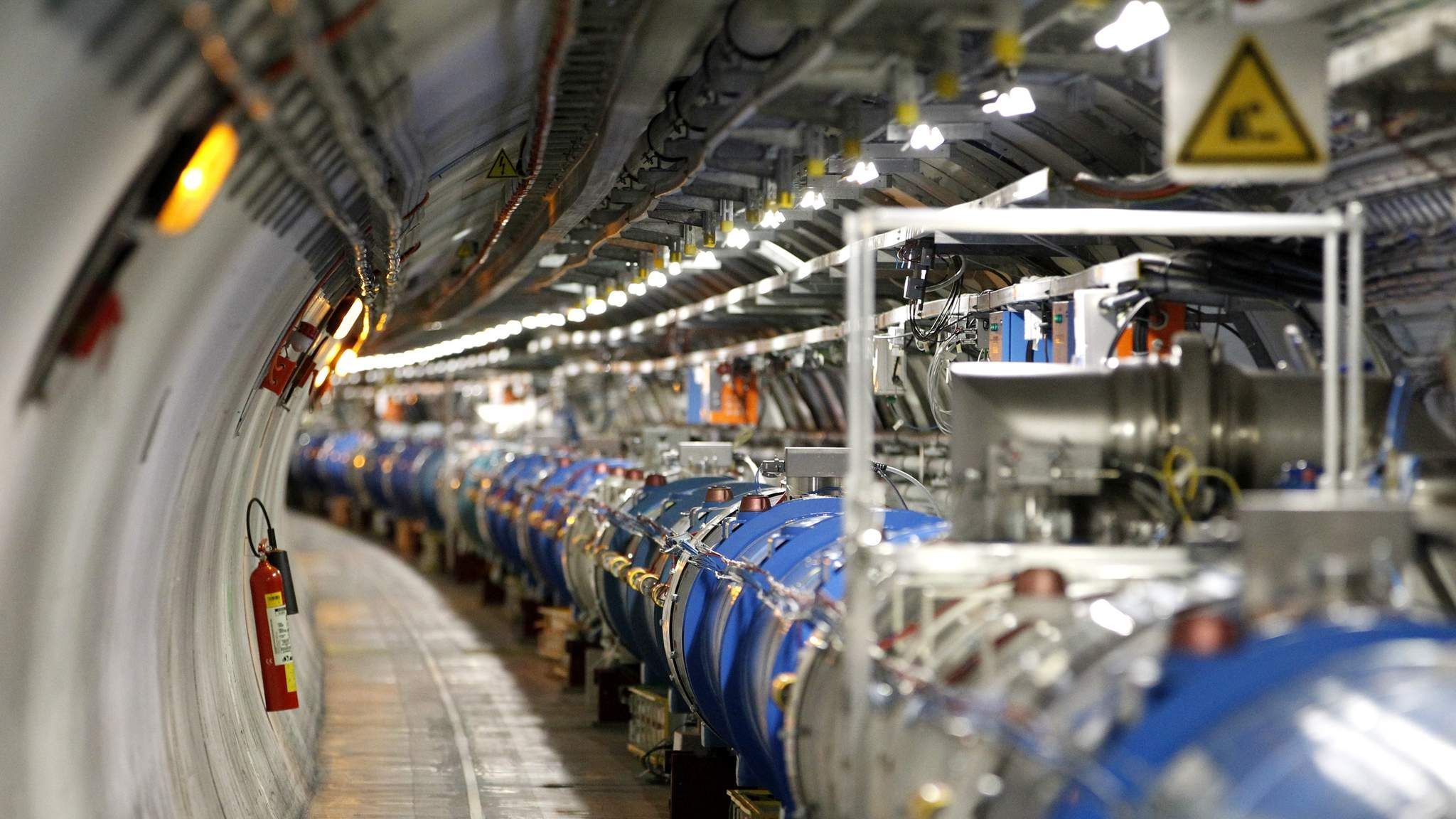

Hitoshi Yamamoto, a physicist at Tohoku University in Sendai, Japan, says the endorsement is encouraging. While fully endorsing a CERN circular collider, the strategy also calls for the organization to explore participation in a separate International Linear Collider (ILC), an older idea that has been kept alive by physicists in Japan. CERN’s decision “is confirmation that our choice was the right one”, Wang says.

Like CERN’s now-official strategy, Wang’s proposal also included the possibility of hosting a proton collider in a second stage, following the LHC’s model (the 27-kilometre LHC ring occupies the tunnel that housed CERN’s Large Electron–Positron Collider in the 1990s). CERN’s proposed new machine is similar in concept to a proposal that Wang has spearheaded for a Chinese electron–positron collider, in the wake of the LHC’s discovery of the Higgs boson in 2012. “I think certainly this is the right direction to pursue,” says Yifang Wang, who heads the Institute of High Energy Physics (IHEP) of the Chinese Academy of Sciences in Beijing. “This is a very ambitious strategy, which outlines a bright future for Europe and for CERN with a prudent, step-wise approach,” said Gianotti.

Much of the technology that the final machine will require has yet to be developed, and will be the subject of intensive study in coming decades. Its goal would be to search for new particles or forces of nature and to extend or replace the current standard model of particle physics. That would reach collision energies of 100 teraelectronvolts (TeV), compared with the 14 TeV of the LHC, which also collides protons and is currently the most powerful accelerator in the world. Later in the century, the first machine would be dismantled and replaced by a proton–proton smasher. First, CERN would build an electron–positron collider with collision energies tuned to maximize the production of Higgs bosons and understand their properties in detail.
European supercollider update#
The decision comes in a document approved today - the 2020 Update of the European Strategy for Particle Physics. “This is a major step, to get the countries of Europe to say ‘Yes, this is what we would like to happen’,” says Llewellyn Smith, who is a physicist at the University of Oxford, UK. Until today, several other options were on the table for a next-generation collider, but the CERN Council has now made an unambiguous, unanimous statement. This is “clearly a branching point” for the lab, says former CERN director-general Chris Llewellyn Smith. “I think it’s a historic day for CERN and particle physics, in Europe and beyond,” CERN director-general Fabiola Gianotti told the council after the vote. But it means that CERN can now put substantial effort into designing the collider and researching its feasibility, and push to the backburner alternative designs for follow-up colliders to the LHC, such as a linear electron–positron collider, or one that would accelerate muons. The approval is not yet a final go-ahead. The design - to be built in an underground tunnel near CERN’s location near Geneva, Switzerland - will enable physicists to study the properties of the Higgs boson and, later, to host an even more-powerful machine that will collide protons and will last well into the second half of the century. The new machine would be colliding electrons with their antimatter partners, positrons, by the middle of the century. Europe’s pre-eminent particle-physics organization will need global help to fund the project, which is expected to cost at least €21 billion (US$24 billion) and would be a follow-up to the lab’s famed Large Hadron Collider (LHC). The decision was unanimously endorsed by the CERN Council, the organization’s governing body, on 19 June, following the plan’s approval by an independent panel in March. Credit: Polar MediaĬERN has taken a major step towards building a 100-kilometre circular supercollider to push the frontier of high-energy physics. A proposed 100-kilometre particle collider at CERN would smash together electrons and positrons, and, later, protons (artist’s impression).


 0 kommentar(er)
0 kommentar(er)
